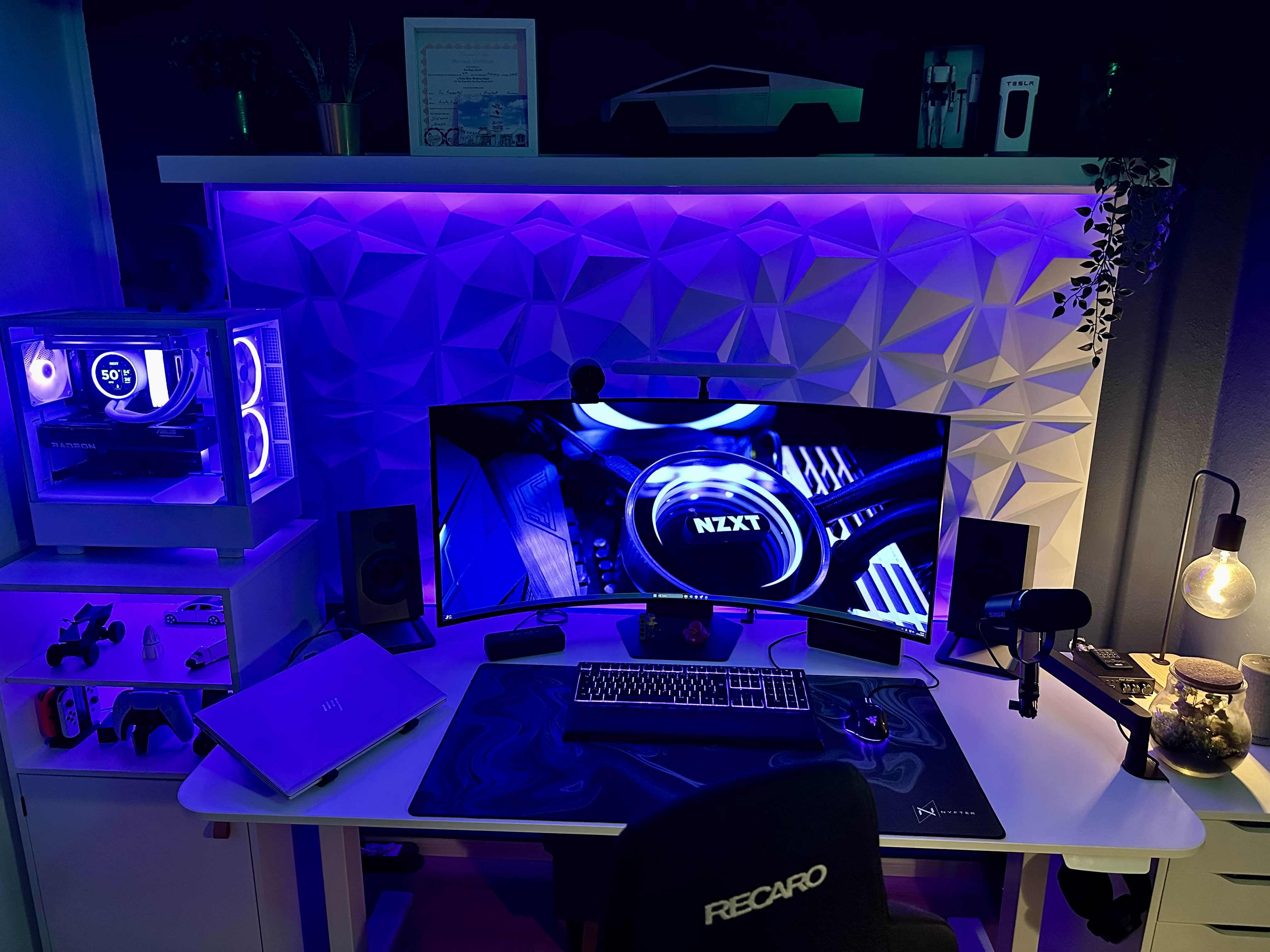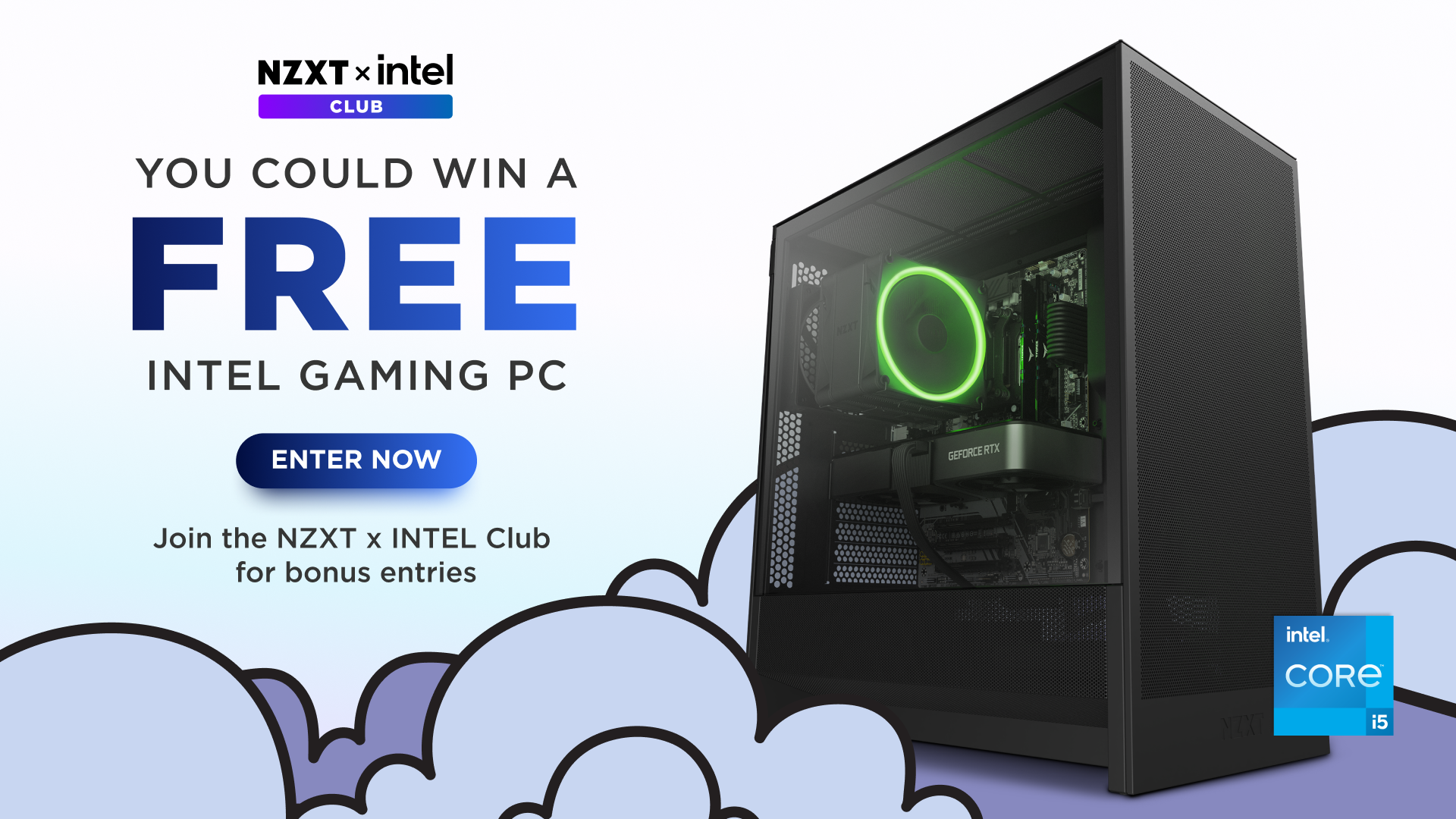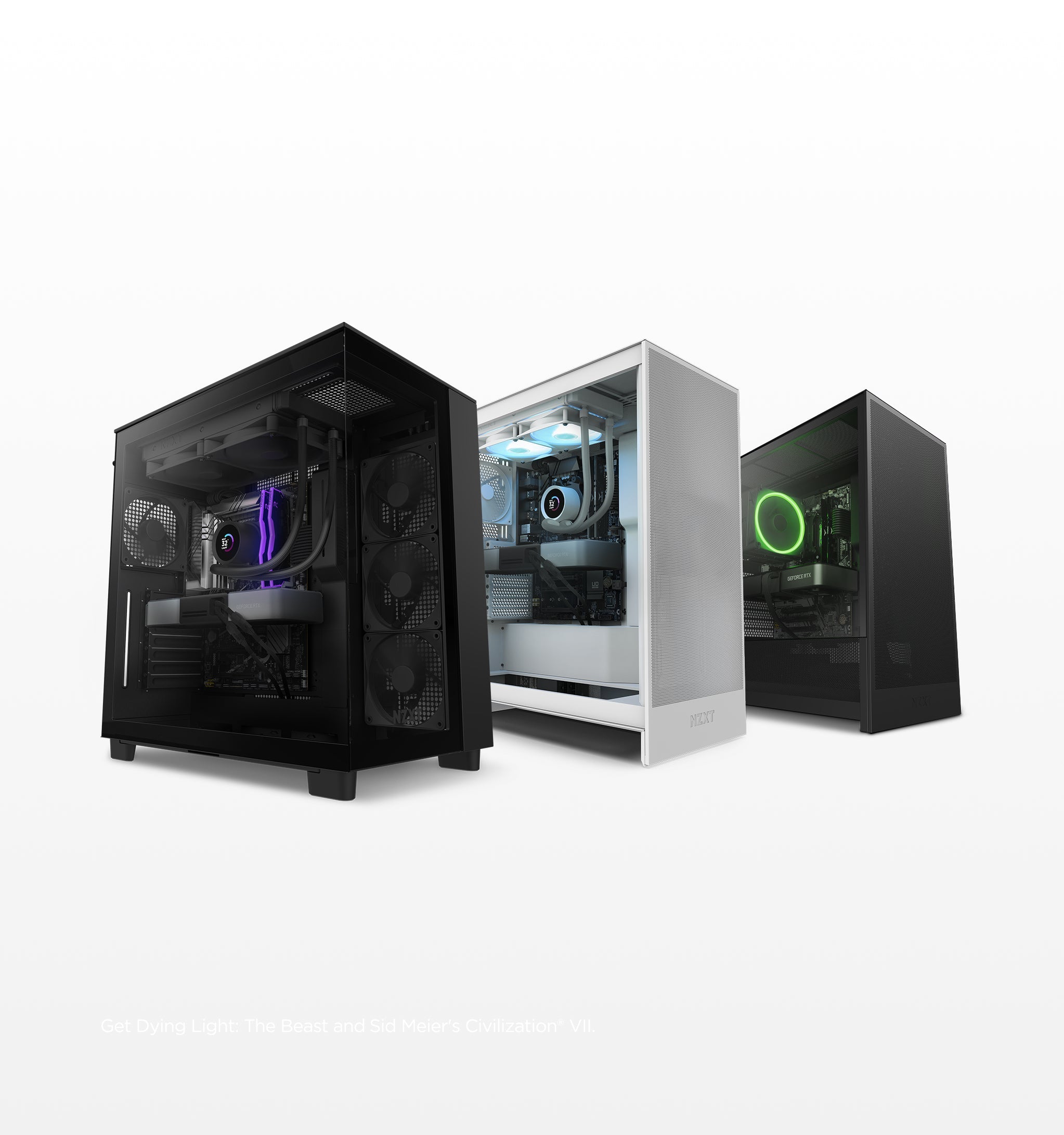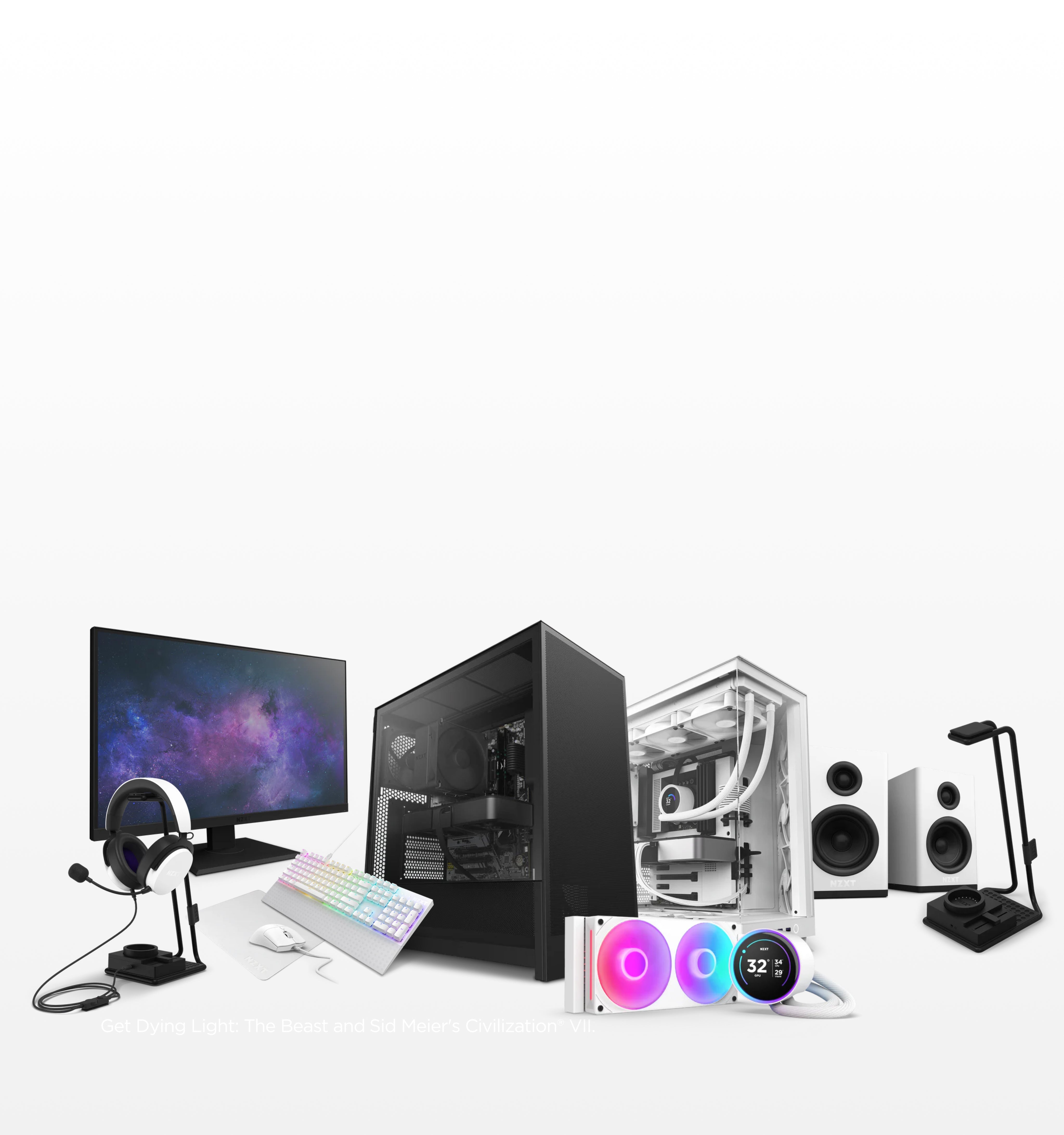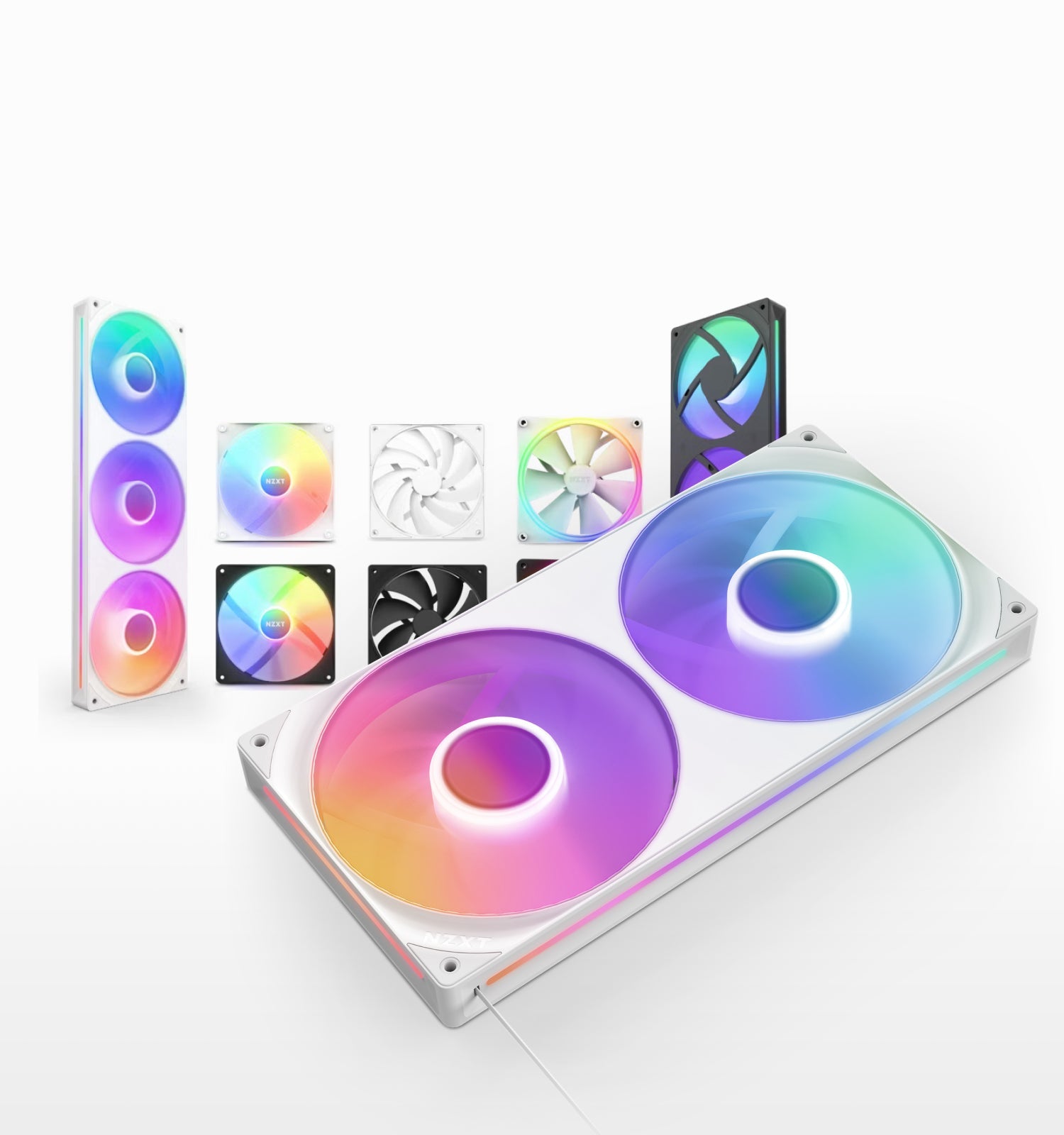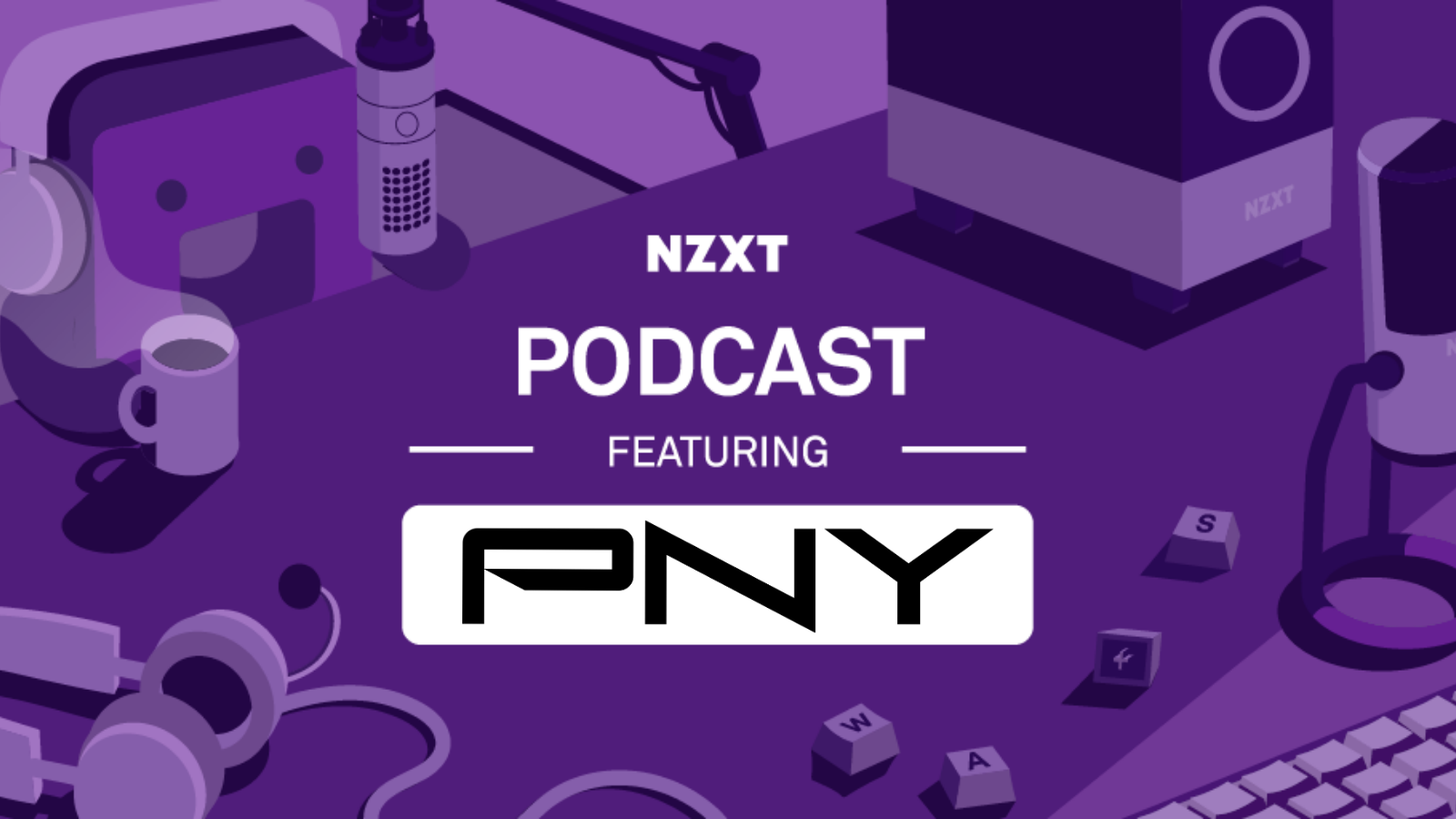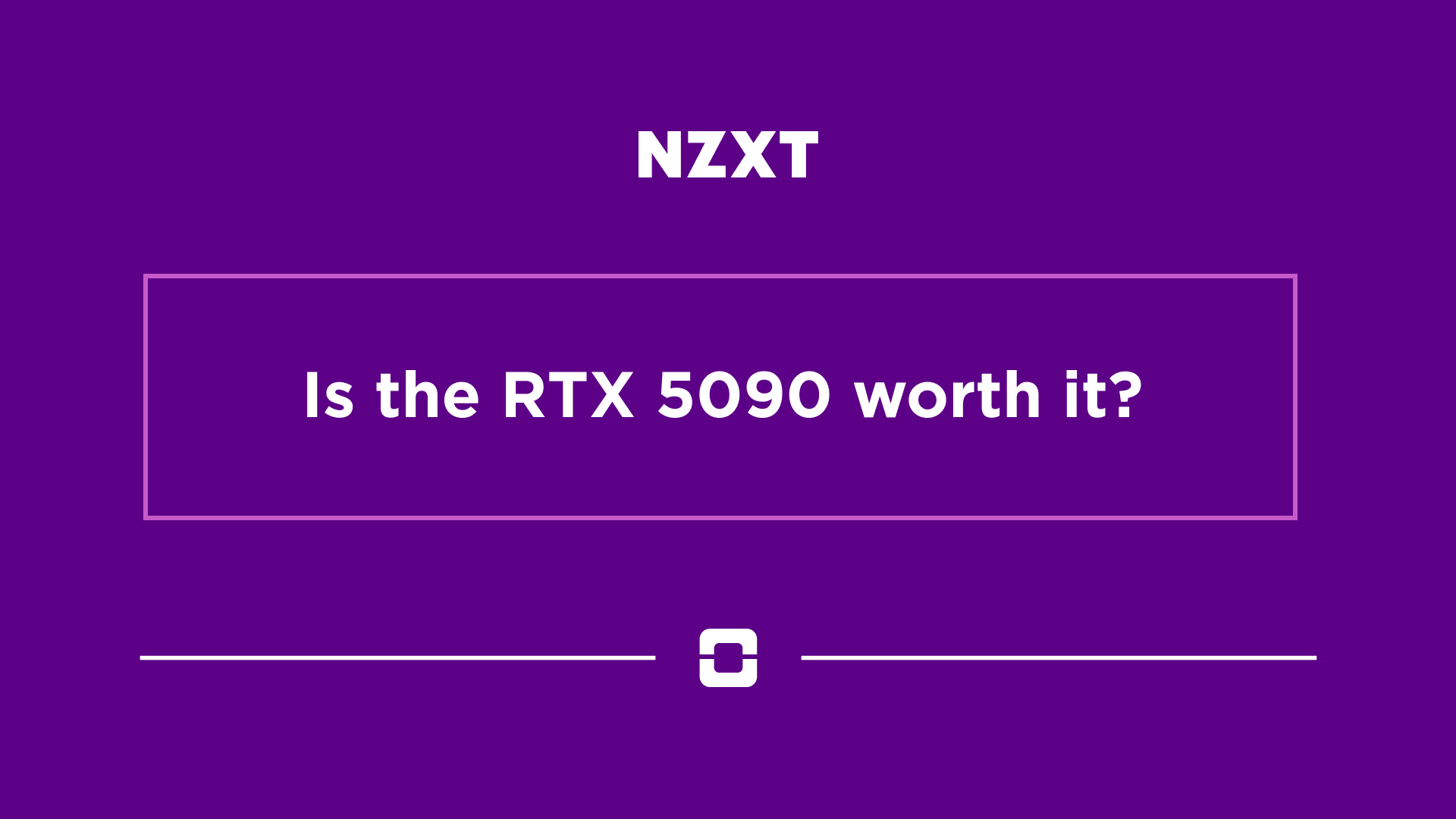PCIe 4.0 vs. PCIe 5.0: is it worth upgrading?
PCIe 4.0 vs. PCIe 5.0: is it worth upgrading?
When you’re building or buying a new PC, you'll run into a lot of technical terms. One you'll see on motherboards, GPUs, and high-speed SSDs is "PCIe." Understanding the difference between versions, like PCIe 4.0 vs. PCIe 5.0, can feel complicated, but it boils down to one simple thing: speed.
So, does the latest and greatest version, PCIe 5.0, actually make a difference for your gaming experience right now? Let's break down what it is, why it matters, and whether it’s worth the investment for your next gaming PC.
What is PCIe and what does it do?
PCIe, or Peripheral Component Interconnect Express, is the physical connection on your motherboard that lets you plug in essential components like your graphics card (GPU) and super-fast NVMe solid-state drives (SSDs). Think of it as a highway for data. The wider the highway and the faster the speed limit, the more data can travel between your components and your processor at once.
Each new generation of PCIe effectively doubles the speed of the previous one. PCIe 4.0 was already incredibly fast, but PCIe 5.0 doubles that bandwidth yet again.
Why does PCIe speed matter for gaming?
For gaming, the two components that rely most on PCIe are your graphics card and your primary storage drive.
For your GPU: A faster PCIe connection allows your graphics card to access game textures and other assets from your system's memory more quickly. In theory, this can lead to better performance and reduced loading times as new areas or objects appear in-game.
-
For your SSD: PCIe allows NVMe SSDs to achieve lightning-fast read and write speeds, dwarfing older SATA connections. This drastically cuts down on game installation times, level loading screens, and helps the operating system feel snappy and responsive.
The jump from PCIe 3.0 to 4.0 brought a noticeable improvement, especially for SSDs. The question now is whether the leap to 5.0 offers the same kind of real-world benefit for gamers today.
How to choose between PCIe 4.0 and 5.0
While PCIe 5.0 is technically superior, the reality is that very few components can currently take full advantage of its massive bandwidth.
Entry to Mid-Tier (PCIe 4.0): For most gamers, PCIe 4.0 is the current sweet spot. Top-tier graphics cards are only just beginning to saturate a PCIe 4.0 x16 slot, meaning a 5.0 connection offers almost no additional gaming FPS right now. Likewise, while PCIe 5.0 SSDs are faster on paper, the real-world difference in game load times compared to a fast PCIe 4.0 drive is often just a second or two.
-
High-End & Future-Proofing (PCIe 5.0): Investing in a PCIe 5.0-compatible motherboard and processor is a move for the future. If you plan on upgrading to a next-generation, top-of-the-line GPU or SSD in the next couple of years, having a 5.0-ready system ensures you can unlock the full potential of those future components without needing to replace your motherboard.
For now, the performance difference between a system running a high-end GPU on PCIe 4.0 vs. PCIe 5.0 is negligible for gaming. The money saved by sticking with a mature and more affordable PCIe 4.0 platform can often be better spent on a more powerful GPU, a faster CPU, or more RAM—upgrades that will deliver a much more noticeable improvement in your gaming experience today.
[[Image: An NZXT Player PC with internal components visible, showing the GPU and an NVMe SSD installed on the motherboard; alt="A gaming PC build showing the GPU and NVMe SSD connected via PCIe slots."]]
Finding the right fit with NZXT
Whether you want to build with the latest tech or get a perfectly balanced system for today's games, NZXT has an option for you.
Building your own PC
If you're building a new rig, the choice is yours. NZXT's N7 motherboards offer stable, feature-rich platforms for both the latest PCIe 5.0-ready processors and proven PCIe 4.0 CPUs. Pairing your build with a reliable power supply from the C-Series ensures that whichever standard you choose, your components will get clean, consistent power.
Buying a balanced gaming PC
NZXT Player PCs are designed to provide a smooth, optimized gaming experience out of the box. Our engineers select components that work in harmony, which means you won't find a PC bottlenecked by one part while another is overkill.
-
Player One and Player Two are built on proven platforms like PCIe 4.0 to deliver incredible 1080p and 1440p gaming performance where it counts, without charging a premium for features that don't yet impact real-world FPS.
Player Three is geared toward elite performance, incorporating higher-end components that are ready for the future of 4K gaming and content creation.
Our Prime versions offer upgraded specs across the board for even more performance headroom.
A flexible way to stay current
Technology moves fast. If you're worried about your hardware becoming outdated, there’s another option. NZXT Flex is a monthly subscription that gives you access to powerful gaming PCs with maximum flexibility. You can swap between tiers, refresh to the latest hardware, or cancel anytime—with no commitment. This is a great way to enjoy high-performance gaming without worrying about whether you chose the right PCIe generation.
A real-world example
Imagine you have a top-of-the-line graphics card. You install it in a PCIe 4.0 motherboard and run a benchmark in a demanding game like Cyberpunk 2077 at 4K, getting an average of 100 FPS. If you take that exact same graphics card and install it in a PCIe 5.0 motherboard, you would likely still see an average of around 100 FPS. The graphics card itself, not the connection it uses, is the limiting factor for performance in today's games. The PCIe 4.0 highway is already wide enough for the traffic that current-gen GPUs are sending.
The Bottom Line
While PCIe 5.0 is the newer, faster technology, it is not an essential upgrade for most gamers right now. The real-world performance gains in gaming are minimal because current graphics cards and SSDs don't fully saturate the massive bandwidth it offers. For a balanced and cost-effective build today, PCIe 4.0 provides all the performance you need. Opting for PCIe 5.0 is a solid choice if your priority is future-proofing for the next wave of ultra-high-end components.
Ultimately, whether you decide to build, buy, or subscribe, you can be confident that you’re getting a PC that’s balanced for the experience you want.
